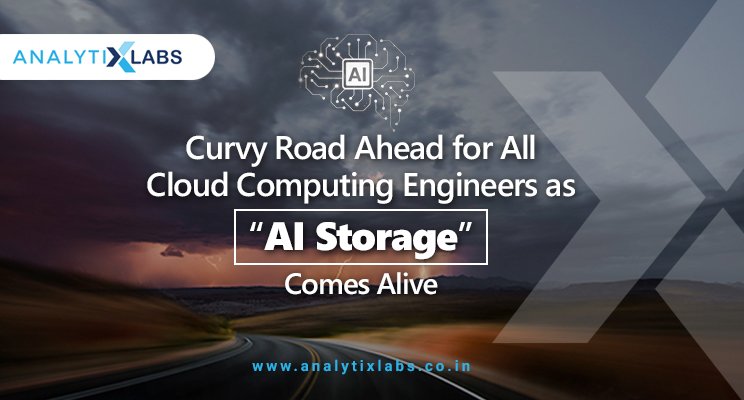
Artificial intelligence is a new technology that is impacting the world of Computing Hyper-Storage. In the last two to three years, there has been a significant rise in the adoption of AI and Machine Learning technologies around the world. This has directly put IT infrastructures and Data Storage frameworks under intense pressure. Without any doubt, you can say that “Data” is the lifeline of any AI and Machine learning project, and with the lack of enough data processing speed and storage capabilities, companies may not be in a position to hack efficiency into their systems. This is where Artificial Intelligence Course in India could have a significantly very important role to play in the industry.
Data Pipelines that Rule AI Infrastructures
According to a report from Gartner, a leading industry watcher and AI commentator, effective data pipelines should always deliver high-quality data in the right formats and in a timely manner to drive AI and ML initiatives.
Companies like NVIDIA, NetApp, IBM, SAP, and Oracle are constantly building their expertise on storage for AI to handle data science workloads and extended data management for unmatched AI performance.
IBM’s Pangea III: Did you Know Anything About It?
Believe it or not, AI is not just a standalone term that you can master without knowing about other technologies in storage, computing, and management.
In their latest press release announcement, IBM has declared that their Pangea III supercomputer is finally for commercial applications. The first customer would be Total, the world’s most relied energy company. Pangea III is powered by AI in a highly optimized environment built on IBM POWER-9, considered the most hyper-efficient energy-optimized AI architecture ever developed to date.
Here are some key considerations that are impacting the storage requirements brought about by the coming of age in the AI and Deep Learning (AI DL) applications.
SaaS-based Storage Options
SaaS-based object storage keeps any AI ML and Deep Learning applications deployment options open to scalability and seamless integrations with other Platforms and Data as a Service (PaaS and DaaS).
Big Data sets would need hyper-scale data centers with purpose-built hyper Cloud Storage and Computing server architectures.
Edge Computing
Digital transformations combined with the Internet of Things are creating an unprecedented volume and variety of data. As these sources of data continue to put intense volume into the AI ML platforms, I see a tremendous increase in the Edge Computing applications. AI storage capabilities can be lifted using Edge computing. In simple terms, Edge Computing would allow companies to move away from the traditional Cloud infrastructures, which means you can work with data in a remote administration at a much-minimized bandwidth. The biggest advantage here is to work offline!
Converged Infrastructure
For AI storage and application purposes, Network File Systems (NFS) have become the norm. As a de facto AI storage option, NFS and its applications are pushing the bar higher and higher in Converged Infrastructure. In this ecosystem, NetApp is a clear leader and the Artificial Intelligence courses in India are constantly building a global channel and technology partner circle to boost AI storage capabilities.
Even if we are not aware of the roles of Edge Computing and Converged Infrastructures with respect to AI storage, they are already being utilized in connected devices that we currently lay our hands-on – smart phones, beacons, automated machines, tablets, robots, and space vehicles.
Parallel Architecture for Greater Speeds
With each passing day, you will hear a lot about Parallel architecture coming to play in the data storage industry where AI is a prime mover.
In general, with serverless Amazon Web Services’ Lambda architecture, I see a big potential for AI companies to store and execute functional machine learning programs persistently in a secured ecosystem.
Dynamic hyper Clouds and new storage OS with Containers would help AI Storage trends to move toward parallel architecture and converged infrastructure where agility security and seamless integration are obviously in their best forms.
IBM has already worked with NVIDIA to jointly develop the industry’s only CPU-to-GPU NVIDIA NVLink connection, as applied to Pangea III. This is allowing for 5.6x faster memory bandwidth between the IBM POWER9 CPU and NVIDIA Tesla V100 Tensor Core GPUs than the compared x86-based systems
What Skills Should You Focus on to Power AI Storage Career?
Key skills include—
- Cloud Management and Enterprise IT Engineering
- Enterprise Cloud Computing
- Edge Computing and Analytics
- Python, R, and Apache Hadoop
- Data Visualization, Virtualization, and Containerization
Artificial Intelligence Course in India is truly up for a major spin in the coming months as global supercomputer machine manufacturers and Edge Computing for Cloud platforms turn their focus to AI and ML workflows and storage data centers.

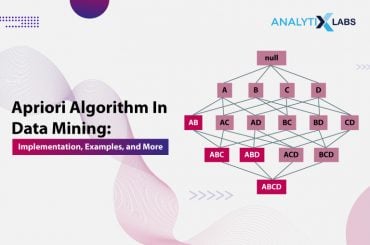
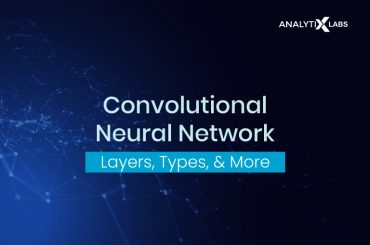
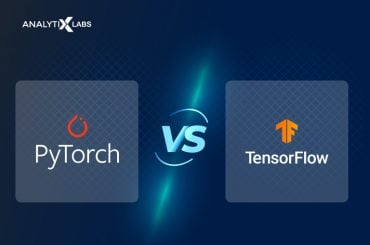
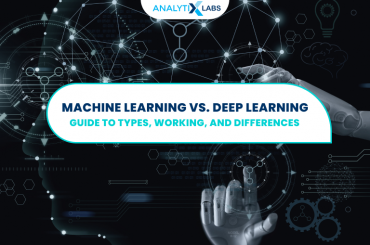



1 Comment
This is such a great resource that you are providing and you give it away for free. I love seeing blog that understand the value. I’m glad to have found this post as it’s such an interesting one!